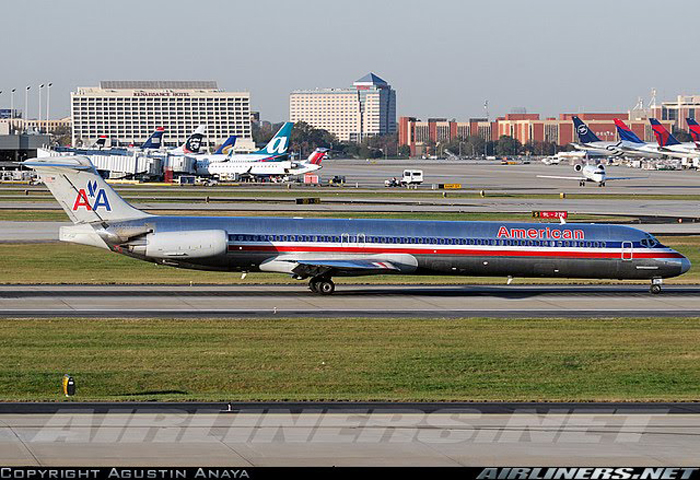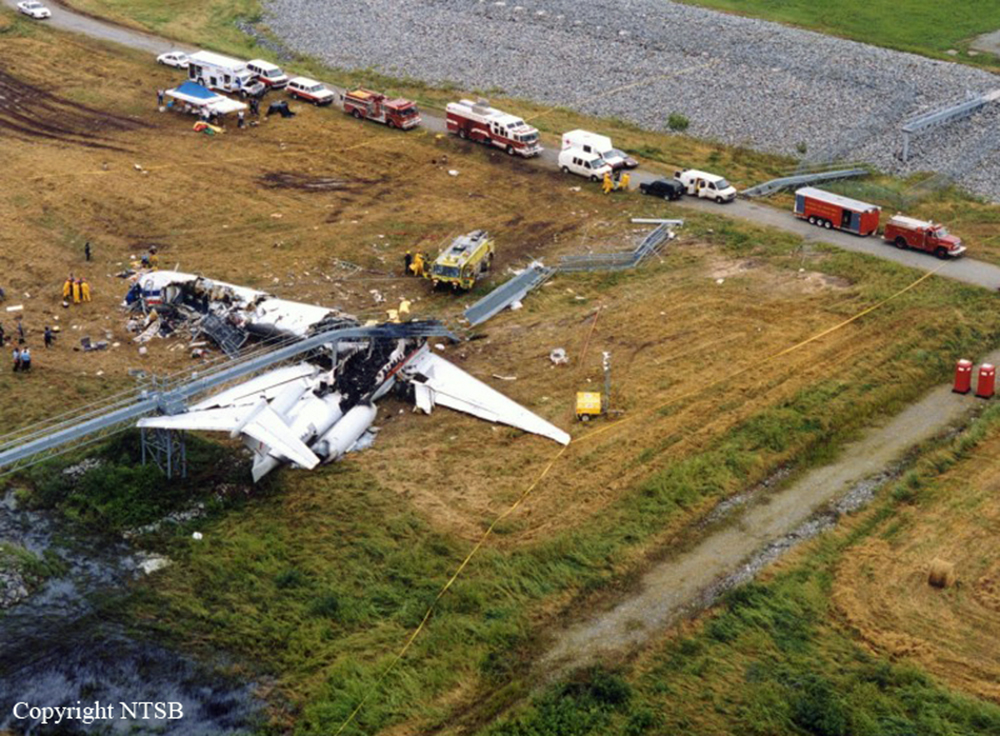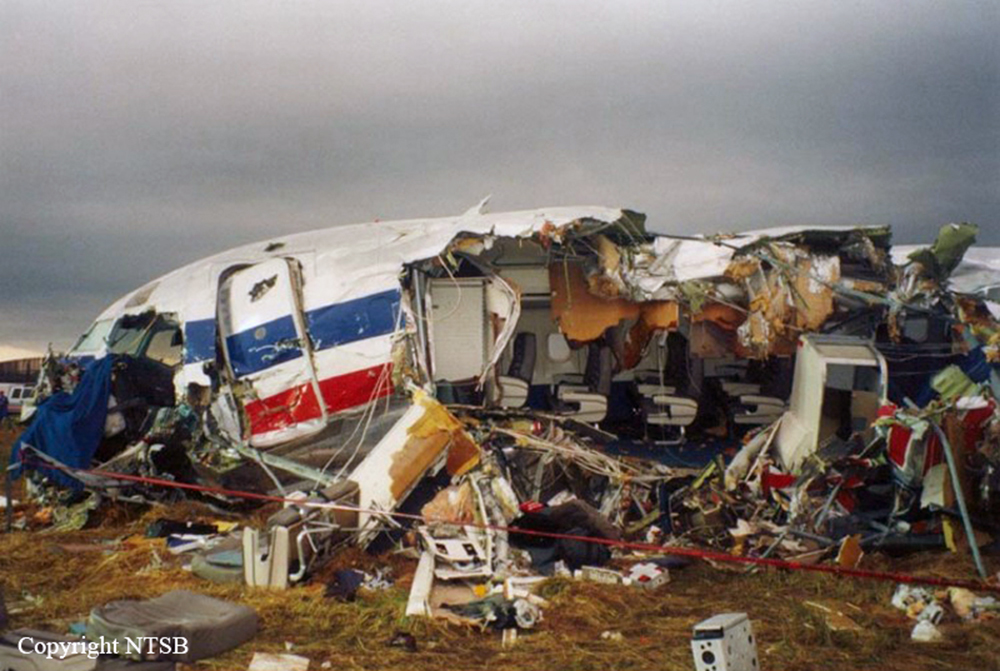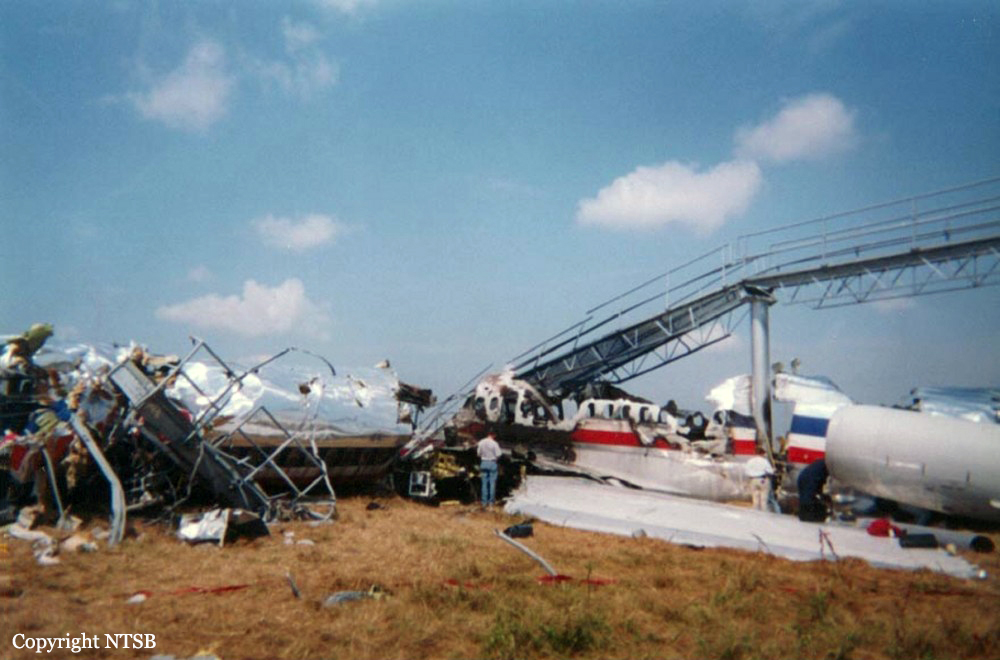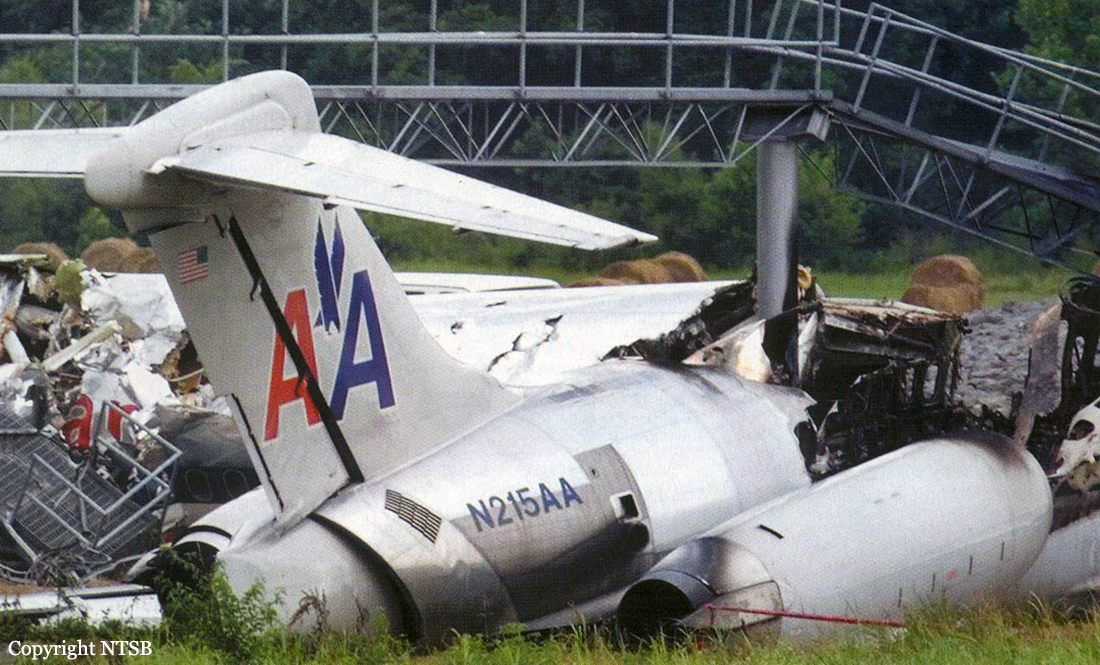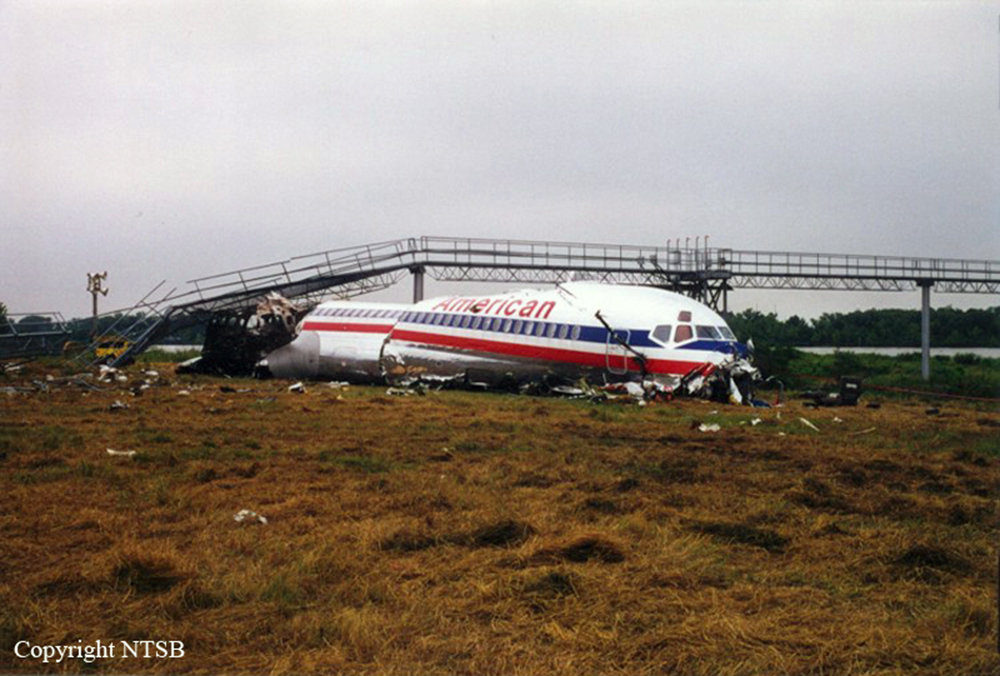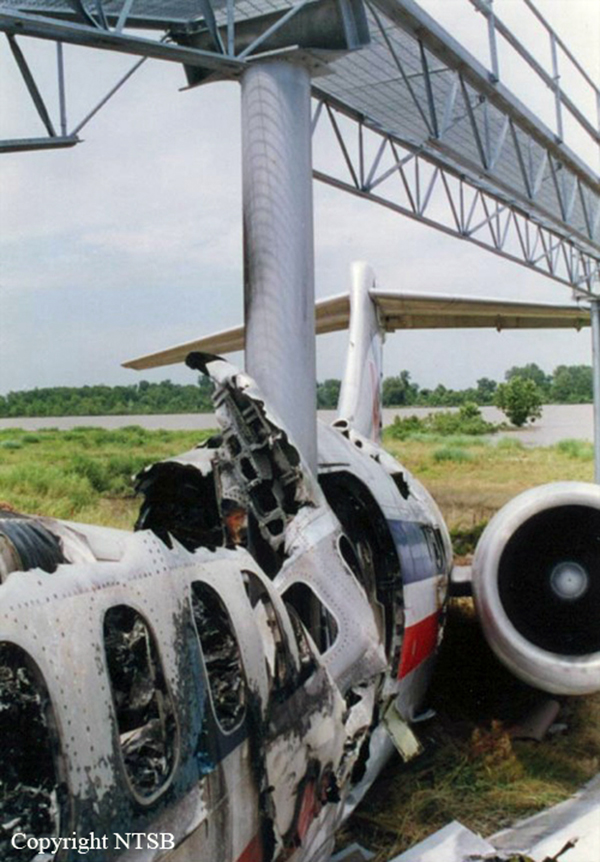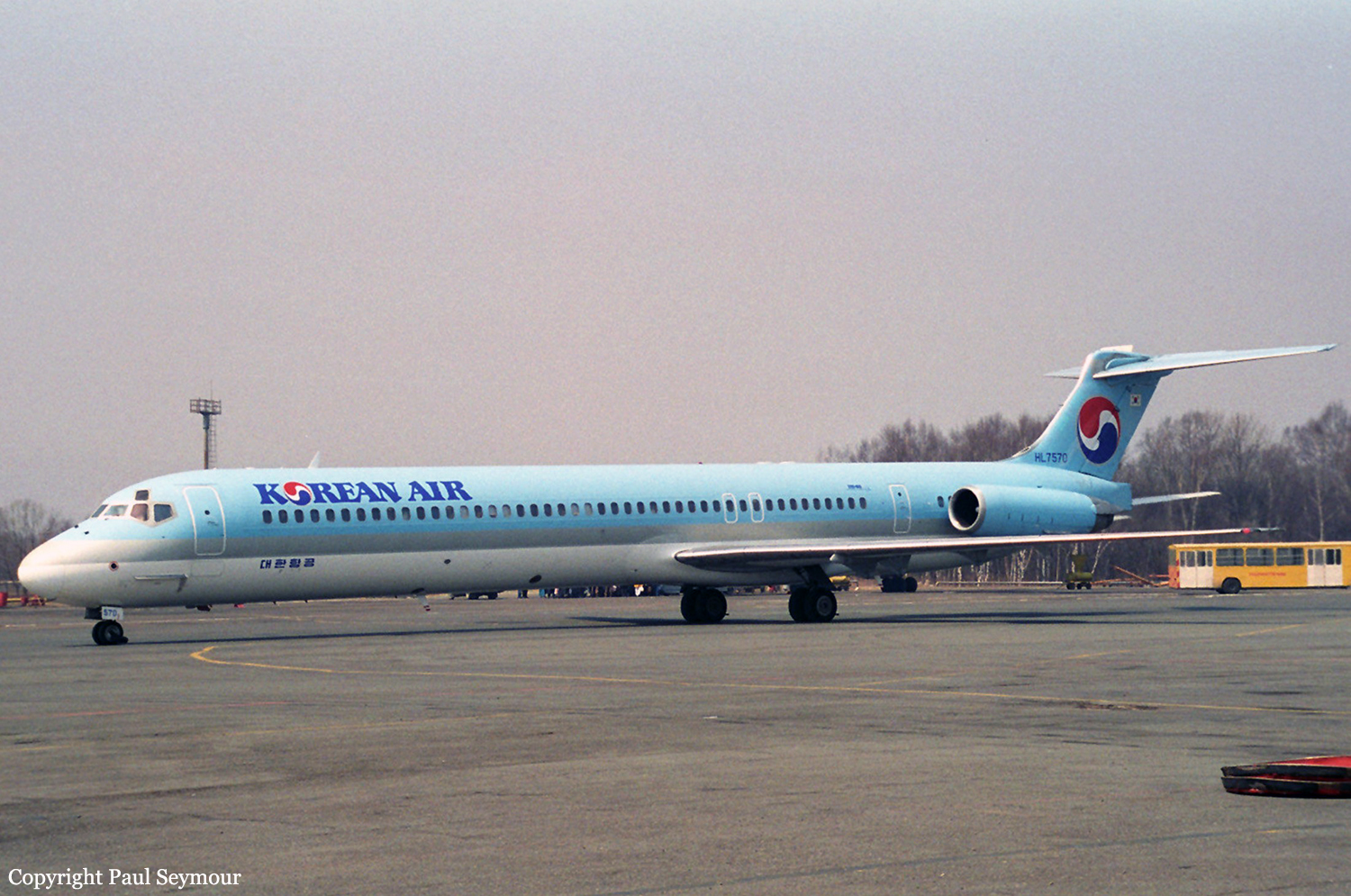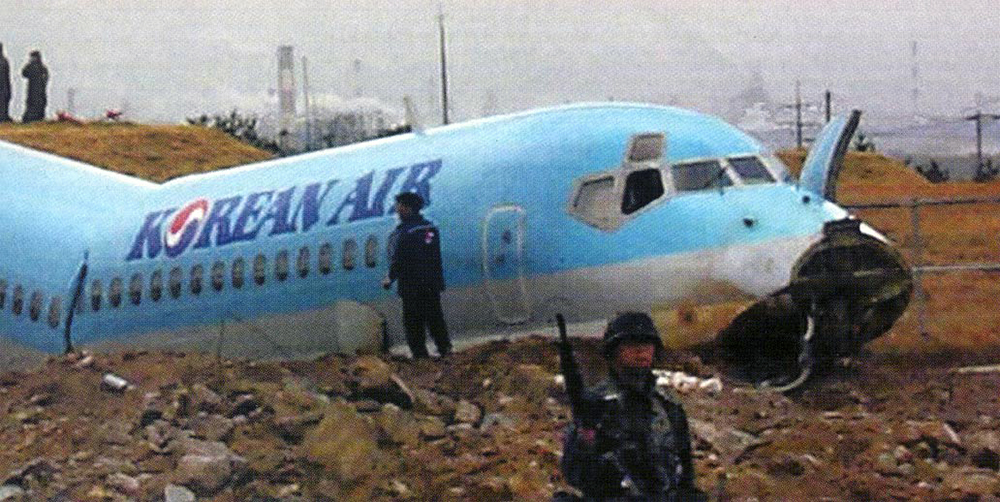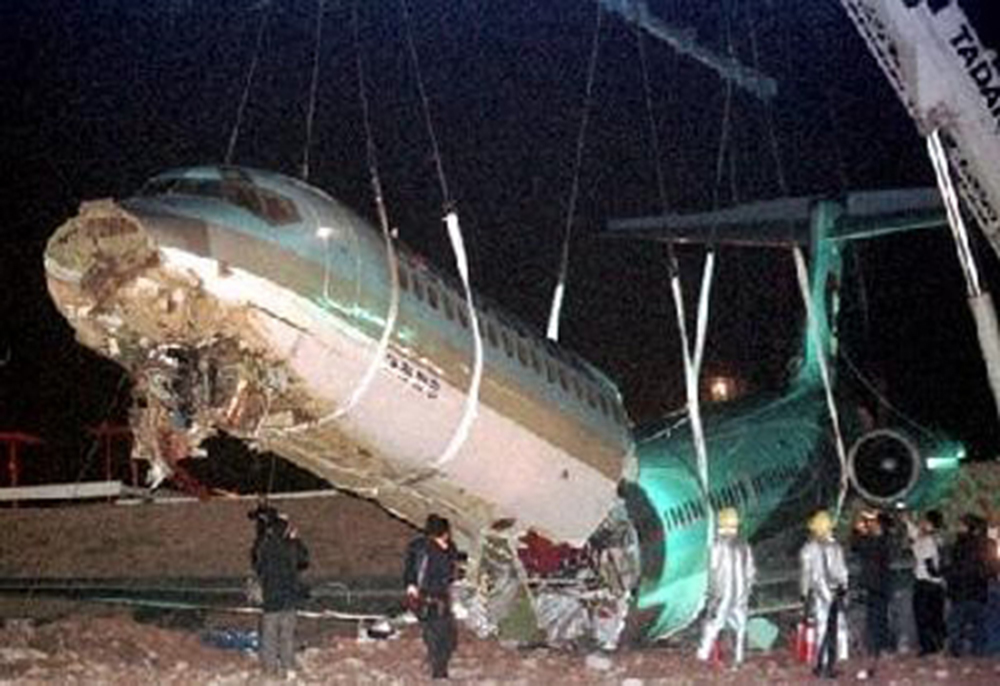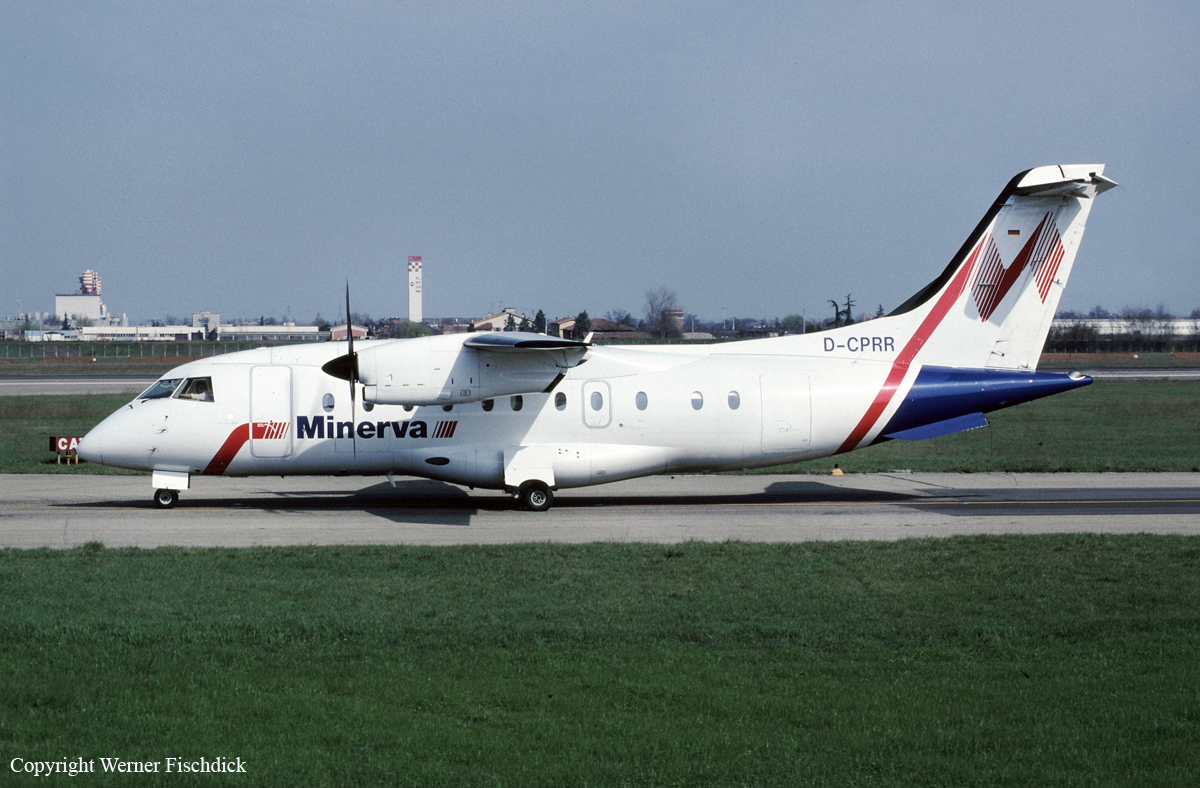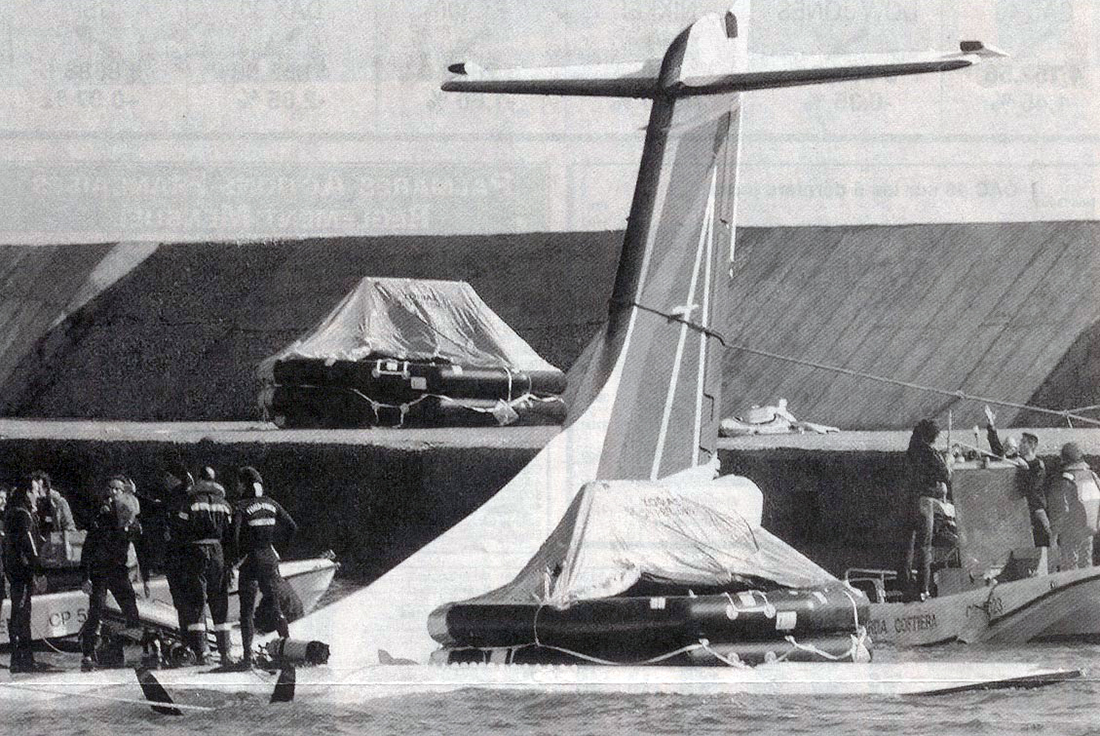Crash of a Boeing 737-3Y0 in Zhanjiang
Date & Time:
Jun 9, 1999 at 1715 LT
Registration:
B-2525
Survivors:
Yes
Schedule:
Shantou - Guangzhou - Zhanjiang
MSN:
24918
YOM:
1991
Flight number:
CZ8877
Crew on board:
9
Crew fatalities:
Pax on board:
81
Pax fatalities:
Other fatalities:
Total fatalities:
0
Circumstances:
The approach to Zhanjiang Airport was completed in poor weather conditions with thunderstorm activity, heavy rain falls and strong winds. Following a wrong approach configuration, the aircraft passed over the runway threshold at a too high altitude of 400 metres. The pilot-in-command increased the rate of descent when the aircraft landed hard and bounced. It floated for about 330 metres then landed 15 metres to the right of the runway. Out of control, it lost its undercarriage and came to rest few dozen metres further. All 90 occupants were rescued, among them six passengers were injured.
Probable cause:
Loss of control upon landing following a wrong approach configuration. The following contributing factors were identified:
- Poor approach planning,
- Poor crew coordination,
- The crew failed to follow the approach checklist,
- The crew failed to set the correct QNH on approach,
- The aircraft was too high on approach,
- Poor weather conditions,
- The crew failed to initiate a go-around procedure.
- Poor approach planning,
- Poor crew coordination,
- The crew failed to follow the approach checklist,
- The crew failed to set the correct QNH on approach,
- The aircraft was too high on approach,
- Poor weather conditions,
- The crew failed to initiate a go-around procedure.






